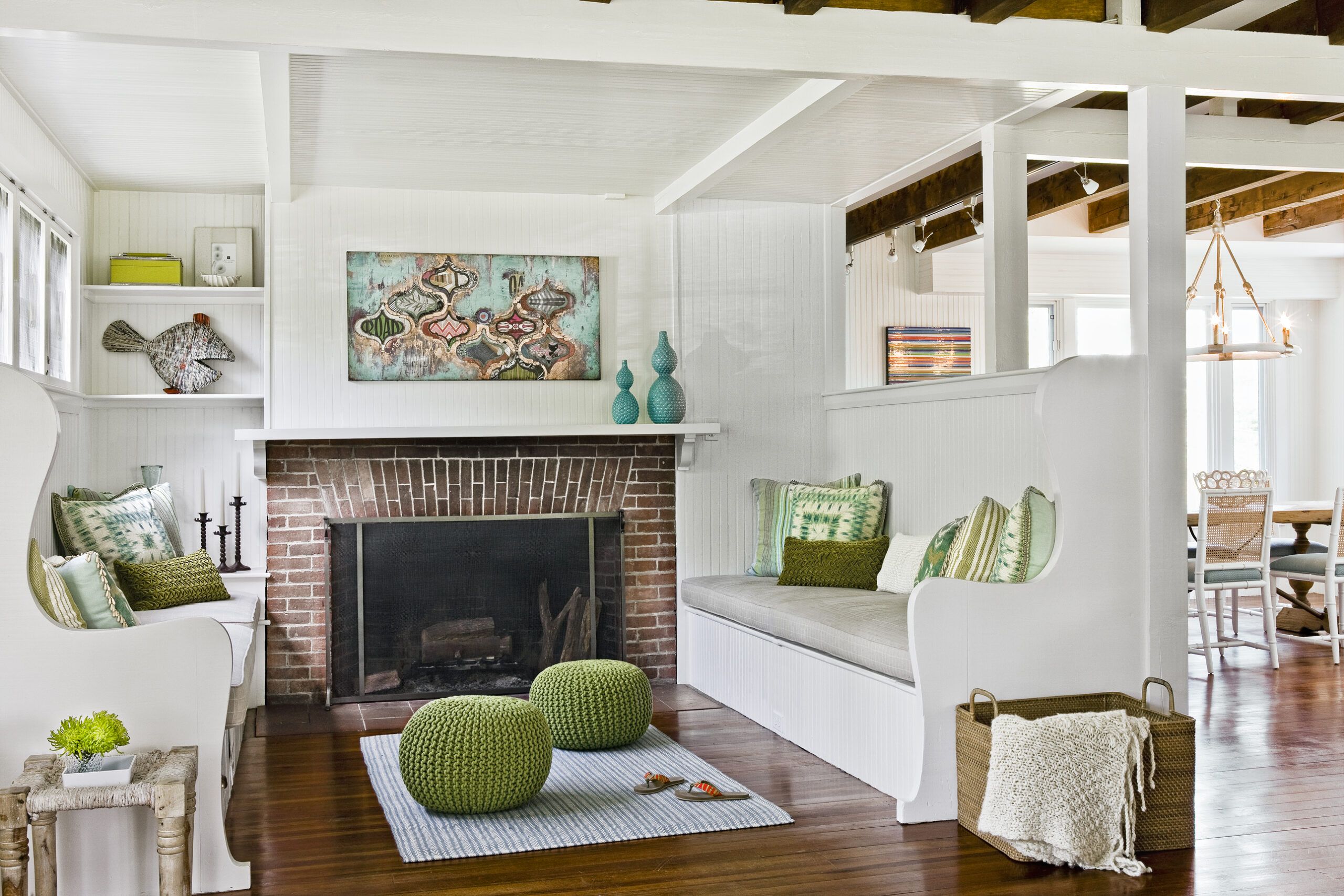Decorating large spaces can be daunting, especially when you’re working with a limited budget. However, you can transform your expansive walls into stunning visual displays without breaking the bank. This guide will explore budget-friendly wall art options and provide tips on how to decorate large spaces to create a cohesive and stylish look that reflects your personal taste.
Find Budget-Friendly Wall Art for Wide Open Spaces
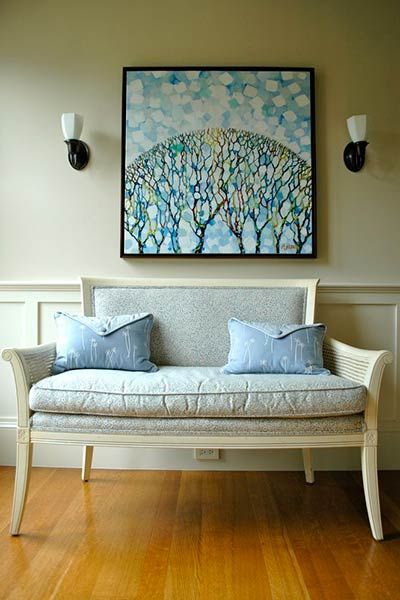
It’s normal to feel overwhelmed by the prospect of filling vast, empty walls, but there are tons of affordable options that can help you decorate your space without compromising on style. Websites specializing in budget-friendly art, such as Society6.com, TappanCollective.com, and Minted.com, are a great starting point with options for a range of styles and tastes. Thrift stores and antique shops can also be great places to find beautiful, unique art pieces on a budget.
Buy Ready-To-Hang Art for Large Walls
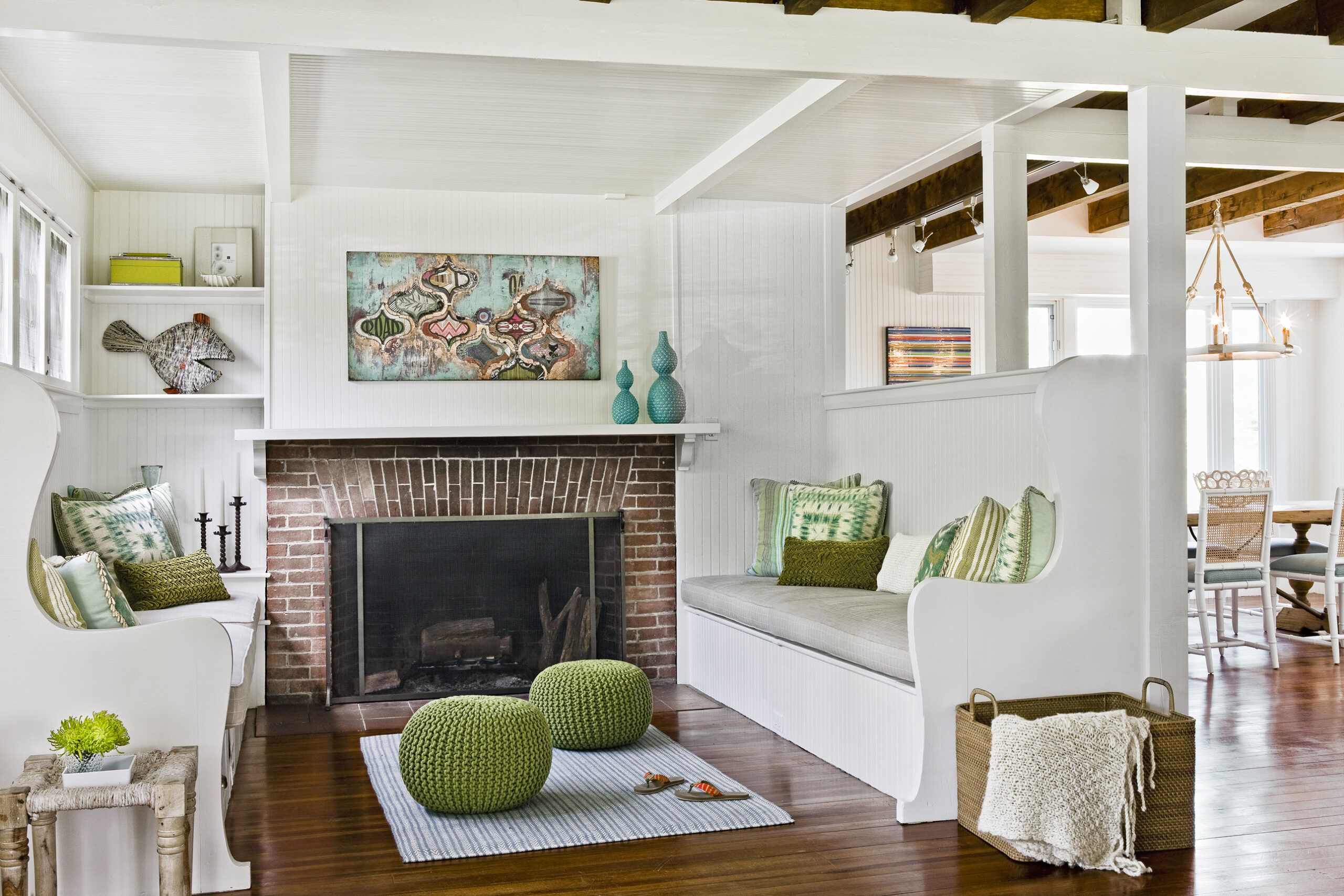
One of the best ways to keep your wall art budget in check is to opt for ready-to-hang pieces. Custom framing can easily add hundreds of dollars to your project cost. To avoid this potential money-sink, Alex Farkas, co-founder and gallery director of UGallery.com, recommends focusing your search on artwork that is already framed or ready for display.
Look for pieces with finished edges on stretched canvases over wood or metal. These options save you money and simplify the installation process. When selecting ready-to-hang art, consider the following tips:
- Check the hanging hardware: Ensure the piece comes with sturdy hanging hardware appropriate for its size and weight.
- Consider the depth: Deeper canvases can create a more dramatic effect and may not require additional framing.
- Examine the canvas quality: Look for high-quality, tightly stretched canvases that won’t sag over time.
When it’s time to install your new pieces, choose the right art-hanging hardware to hang your artwork securely on your wall. For large pieces, it’s worth investing in wall anchors and hooks specifically designed for heavier artwork to prevent accidents and make sure they’re stable.
Choose Large, Dramatic Pieces for Your Wall
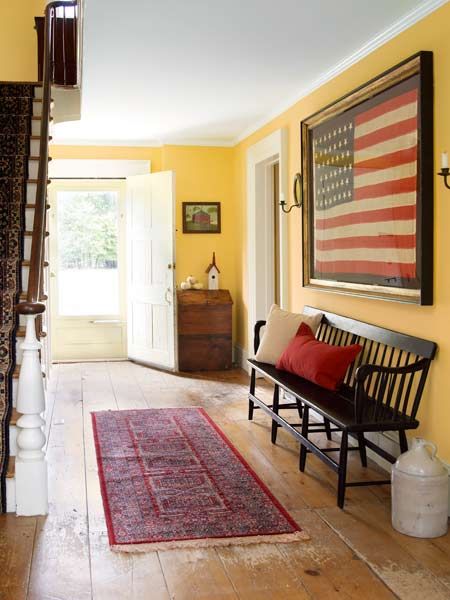
For those looking for a simple yet impactful solution, large-scale artwork can serve as a striking focal point in your room. While larger pieces may come with higher price tags, they can be a worthwhile investment to create a dramatic effect. “Statement photography is a great way to put a big piece on the wall and command the space of the room,” says Farkas.
To maximize the impact of a large piece, consider these strategies:
- Create balance: Paint the opposite wall as an accent wall to complement the artwork and unify the room’s design.
- Consider scale: Ensure the artwork is proportionate to the wall and surrounding furniture.
- Use proper lighting: Install spotlights or picture lights to highlight the piece and enhance its presence.
Oversized art doesn’t always mean expensive. Look for sales and emerging artists, or create your own large-scale abstract piece using affordable materials such as canvas and acrylic paints. Many community art fairs and online marketplaces offer unique large pieces at accessible prices.
Hang Pieces High on a Wall
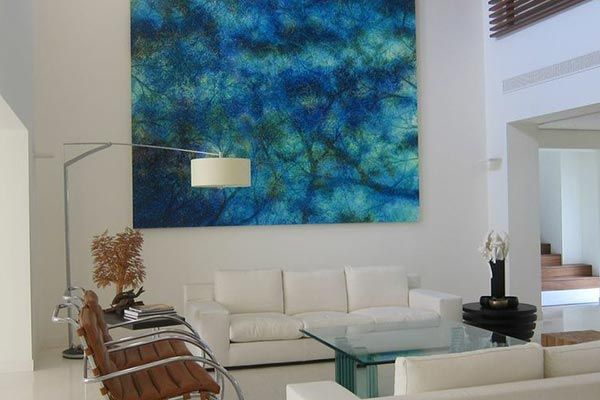
Contrary to the common rule of positioning artwork at eye level, Farkas suggests a different approach for larger spaces. “You can get a lot of mileage out of hanging pieces higher on the wall in a bigger space,” he says. This technique draws extra attention to the artwork and prevents it from being overshadowed by furniture or people.
When hanging art higher, keep these factors in mind:
- Consider the ceiling height: Adjust the placement based on your room’s dimensions to maintain visual harmony.
- Group pieces vertically: Create a vertical gallery to draw the eye upward and emphasize the room’s height.
- Use the rule of thirds: Divide your wall into three vertical sections and place the artwork in the upper third for a more elevated look.
Watch tutorials or consult professionals for guidance on hanging large or heavy artwork. For a bolder effect, hang multiple pieces in a cascading or staggered arrangement to create visual flow and enhance the overall look.
Go for Gallery Walls

Gallery walls have become a popular trend in interior design, and Farkas is a big fan of this approach. This is a versatile and easily customizable technique that allows you to group various pieces together, creating a cohesive and visually interesting display. To create an effective gallery wall, Farkas suggests making original art your statement focus and filling the remaining space with family photos and special memorabilia.
Here are some tips for creating a stunning gallery wall:
- Plan your layout: Arrange your pieces on the floor before hanging them to visualize the final result and avoid unnecessary holes in your walls.
- Create a focal point: Use a larger or more striking piece as the centerpiece of your gallery wall to anchor the arrangement.
- Maintain consistency: Choose a unifying element, such as a color scheme or theme, to tie the display together and ensure a harmonious look.
- Mix and match: Combine different frame styles, sizes, and types of artwork for a dynamic look that adds texture and depth. Experiment with different frame finishes, such as matte or gloss, to enhance the overall style.
To make a special piece stand out from your gallery wall, you can give it a special frame or gild its frame for a touch of sparkle and elegance.
Buy Multiple Pieces From the Same Artist for Your Wall
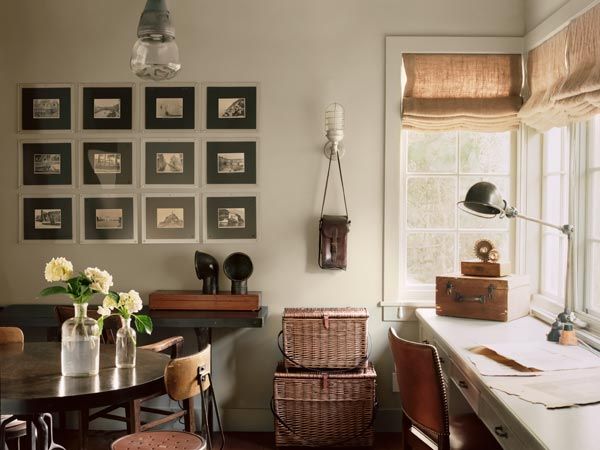
Purchasing multiple works from the same artist can be a great strategy for decorating large spaces—and it could possibly get you a discount. This approach helps create a cohesive aesthetic across multiple rooms and gives first-time buyers confidence in their art choices, according to Farkas.
When buying multiple pieces from the same artist, consider the following:
- Creating a series: Select pieces that complement each other or tell a story when displayed together.
- Exploring different mediums: Look for variety in the artist’s work, such as paintings, prints, and sketches, to create a varied yet cohesive display.
- Mixing sizes: Combine larger statement pieces with smaller works to add visual interest and break up monotony.
Artists may offer package deals or discounts for multiple purchases, so don’t hesitate to ask about potential savings when buying in bulk. Supporting emerging artists gets you unique pieces at lower prices.
Concentrate Your Wall Art on High-Traffic Rooms
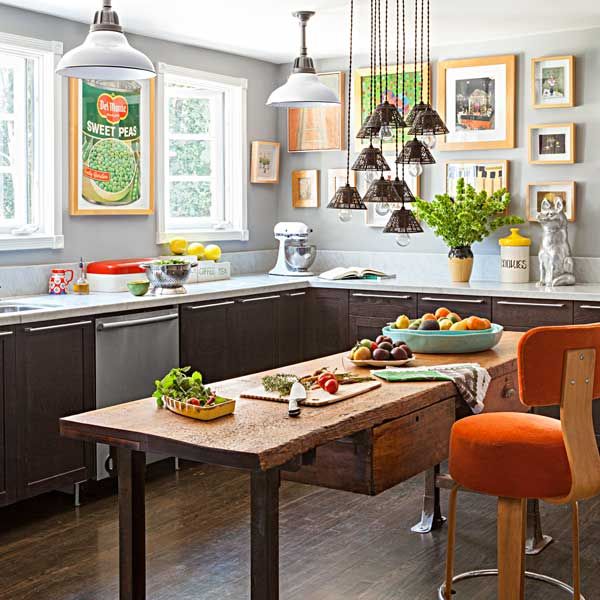
When working with a limited budget, prioritize the rooms where you spend the most time. Farkas suggests tackling the heart of your home first, such as the kitchen or living room, before moving on to less frequently used spaces like formal dining rooms.
To make the most of your budget when decorating high-traffic areas, consider these tips:
- Incorporate functional art: Consider items such as decorative mirrors or sculptural wall shelves that serve both aesthetic and practical purposes.
- Invest in durable pieces: Choose artwork that can withstand exposure to light and daily activity for longevity and sustained visual appeal.
- Rotate artwork seasonally: Keep your space fresh by swapping out pieces in different seasons.
By focusing on your most-used spaces first, you’ll maximize the impact of your budget and create a more enjoyable living environment. Opt for pieces that evoke positive feelings and resonate with your daily routines, adding to the comfort and charm of your home.
